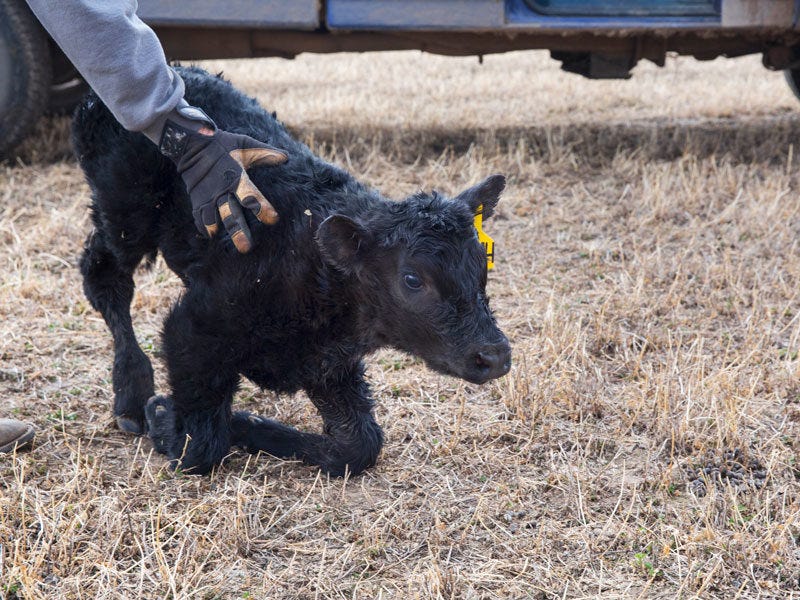Injections: Needle Do's & Don'ts; Tips on Livestock Injection


When it comes to giving vaccines and injections to livestock, there are any number of experience levels. From the veteran cattle rancher to the first time pet owner looking to help their puppy be healthy, there's always an opportunity to learn more about the devices and medications you use.
Below you will find a great resource to help you get a grip on what you're doing and how to help your livestock, whether it's for a commercial operation or a single dose, you'll learn something.
DO's when Administering Vaccinations or Medication with a Needle
- Mark and separate syringes: use different syringes for modified live vaccines and for bacterines or killed products. It helps to mark the modified live syringes with red paint or tape and keep them separate.
- Clean the injection site: Injecting into a spot that is damp, muddy or covered with manure greatly increases the risk of infection.
- Change needle frequently: Every 10-15 head or every syringe full of vaccine. It may seem expensive at the time, but the alternative could be much more costly. Also if a needle develops a bend or burr, discard it immediately, as it will tear the tissue and could open your animals up to a higher risk of infection.
We've got many animal medical supplies online available to order right here.
DON'Ts When Using a Needle with your Livestock
- Don't use disinfectants when cleaning modified live vaccine syringes. The disinfectant could destroy the modified live vaccines that you later put in the same syringe.
- Don't mix products. If traces of bacteria are left in a syringe that is later used for modified live product, the bacteria could destroy the modified live vaccine (which will cost you money). Also, mixing products can damage to the animal's tissue.
- If you can see that you have an infected animal, don't spread infection by going back into the vaccine bottle with the same needle previously used to vaccinate that animal. If the needle is contaminated from an infected animal, the vaccine can also be contaminated and possibly those animals following.
NEEDLE SIZES: How to Tell What Size Needle your Livestock Need
Needles are measured in two ways. Length and gauge (diameter). When determining the correct gauge, remember that the higher the number, the smaller the diameter.
Example: an 18 gauge needle is smaller than a 16 gauge. Longer needles are used for intramuscular injections (1-1/2") and shorter needles (1/2" - 1") for subQ (sub-cutaneous) injections.
- Cattle, Hogs, Sheep - Generally an 18 or 16 gauge with a 1 or 1-1/2" length
- Sows, Boars - usually given I.M., an 18 or 16 gauge with a 1-1/2" length
- Dogs, Cats - 20 or 22 gauge with a 1/2" or 1" length
- Small Pigs - 18 gauge x 1/2"
- Horses - 18 gauge x 1"
Need the best livestock health supplies for your herd? Check these out.

